In at last! After an extremely difficult winter, with farm staff involved in construction work whenever available, we are in the new milking parlour.
Our attempts to make it light, airy and inviting were successful. After the first milking, which was very fraught, every cow walked in on their own, bar two. I was very pleased, since I did not want to have to use a backing gate. This can cause lameness, due to cows at the back scrabbling.
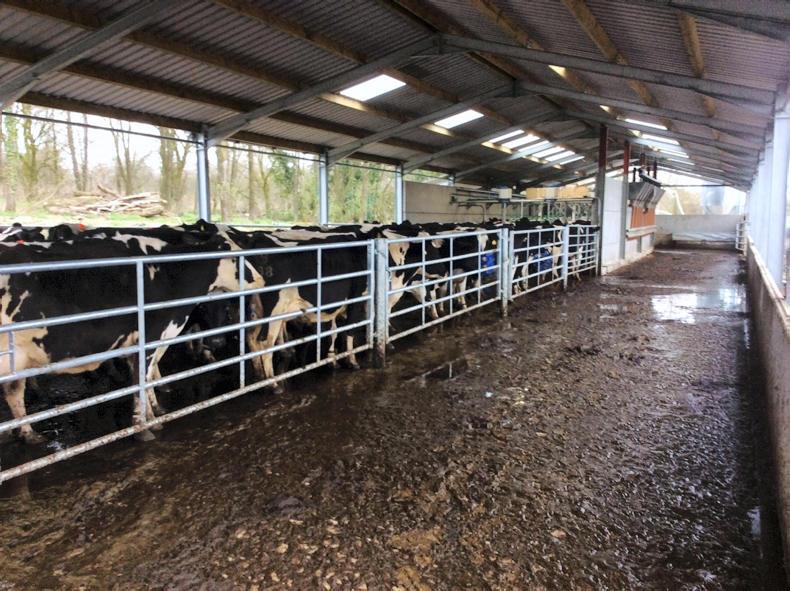
One of the major reasons to encourage the cows in was probably the rubber matting on the standings. Although horrendously expensive, this has paid off, in that cows come in readily; unfortunately, when they exit, they turn round and want to come in again. They even try to get into the parlour during the day.
Milking time halved
Milking time has halved, from a three-hour sprint in an 8:8, to a one-and-a-half hour amble in a computerised 20:20. You can now leave the parlour not feeling exhausted. The parlour was commissioned to be all singing and dancing – auto ID, auto caking, auto cluster removal, auto flush and also three-way auto segregation.
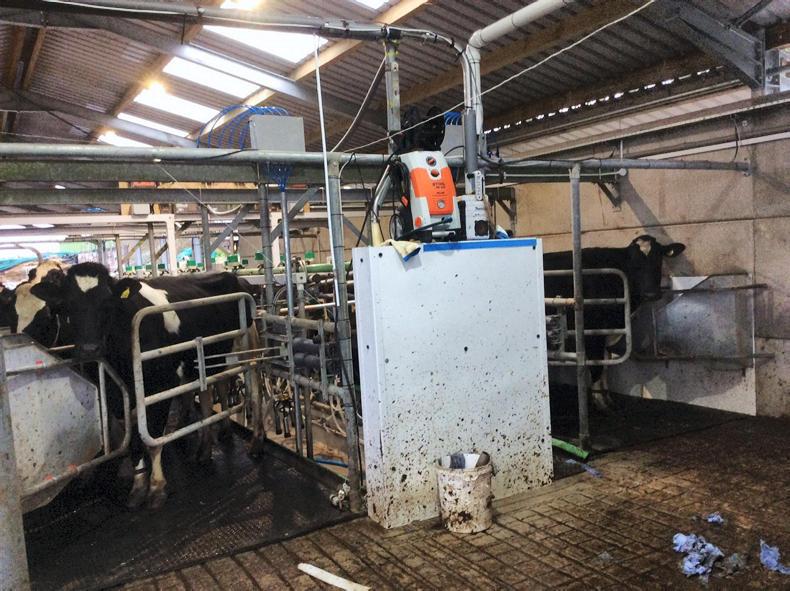
Although the cows enter readily and our milking time is halved, there are three problems. The computer has several glitches, which need to be sorted out and are currently frustrating. I made the pit 35in deep, since this had been recommended in an article in the Irish Farmers Journal (our old one was 30in deep), which doesn’t help our vertically challenged student.
This is coupled with the fact that our cows are smaller than average, so when I built the standings on the manufacturer’s recommendation, they are too wide by 9in on average and this means you have to stretch for some of the smaller cows. I hope to overcome this problem with a bar in front of the mangers and rubber matting on the pit floor, while the manufacturer has to sort out the IT glitches.
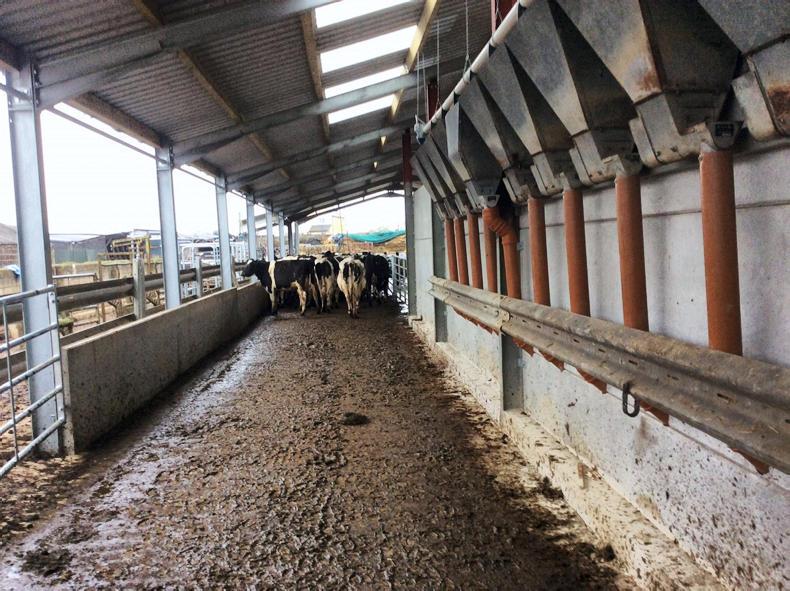
We went into the parlour at the beginning of March and put the cows out to grass mid-March. A large number of calvings coupled with the grass has shot the milk up dramatically. Although to be fair, this could be partially due to the winter ration being not at all satisfactory. Acetic silage had to be compensated with chopped straw, alkacarb, molasses and caustic wheat – the most expensive ration I have ever fed, but still cows underperformed by up to a third.
As struggles go, it was equivalent to when I came home from college in the late 1960s and cows were dying of liver fluke
This has been the most difficult winter of my farming career, coupled with the most expensive project the farm has ever embarked on: a 20:20 milking parlour, covered collecting yard, office and dairy on a green field site constructed with farm labour. As struggles go, it was equivalent to when I came home from college in the late 1960s and cows were dying of liver fluke.
At a recent farm walk given by AHDB Dairy, the Grasstec speaker commented that grass was currently 29% protein.
“What would you pay for 29% concentrate?” he asked. My cows went out the next day.
Read more
Watch: labour efficiencies with new rotary parlour
In at last! After an extremely difficult winter, with farm staff involved in construction work whenever available, we are in the new milking parlour.
Our attempts to make it light, airy and inviting were successful. After the first milking, which was very fraught, every cow walked in on their own, bar two. I was very pleased, since I did not want to have to use a backing gate. This can cause lameness, due to cows at the back scrabbling.

One of the major reasons to encourage the cows in was probably the rubber matting on the standings. Although horrendously expensive, this has paid off, in that cows come in readily; unfortunately, when they exit, they turn round and want to come in again. They even try to get into the parlour during the day.
Milking time halved
Milking time has halved, from a three-hour sprint in an 8:8, to a one-and-a-half hour amble in a computerised 20:20. You can now leave the parlour not feeling exhausted. The parlour was commissioned to be all singing and dancing – auto ID, auto caking, auto cluster removal, auto flush and also three-way auto segregation.

Although the cows enter readily and our milking time is halved, there are three problems. The computer has several glitches, which need to be sorted out and are currently frustrating. I made the pit 35in deep, since this had been recommended in an article in the Irish Farmers Journal (our old one was 30in deep), which doesn’t help our vertically challenged student.
This is coupled with the fact that our cows are smaller than average, so when I built the standings on the manufacturer’s recommendation, they are too wide by 9in on average and this means you have to stretch for some of the smaller cows. I hope to overcome this problem with a bar in front of the mangers and rubber matting on the pit floor, while the manufacturer has to sort out the IT glitches.

We went into the parlour at the beginning of March and put the cows out to grass mid-March. A large number of calvings coupled with the grass has shot the milk up dramatically. Although to be fair, this could be partially due to the winter ration being not at all satisfactory. Acetic silage had to be compensated with chopped straw, alkacarb, molasses and caustic wheat – the most expensive ration I have ever fed, but still cows underperformed by up to a third.
As struggles go, it was equivalent to when I came home from college in the late 1960s and cows were dying of liver fluke
This has been the most difficult winter of my farming career, coupled with the most expensive project the farm has ever embarked on: a 20:20 milking parlour, covered collecting yard, office and dairy on a green field site constructed with farm labour. As struggles go, it was equivalent to when I came home from college in the late 1960s and cows were dying of liver fluke.
At a recent farm walk given by AHDB Dairy, the Grasstec speaker commented that grass was currently 29% protein.
“What would you pay for 29% concentrate?” he asked. My cows went out the next day.
Read more
Watch: labour efficiencies with new rotary parlour




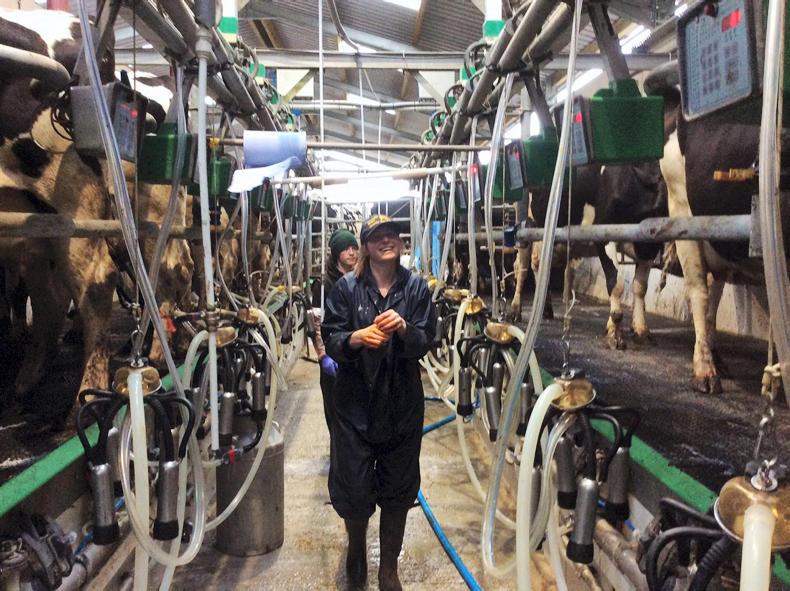




 This is a subscriber-only article
This is a subscriber-only article










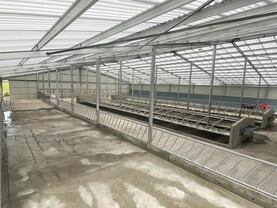



SHARING OPTIONS: